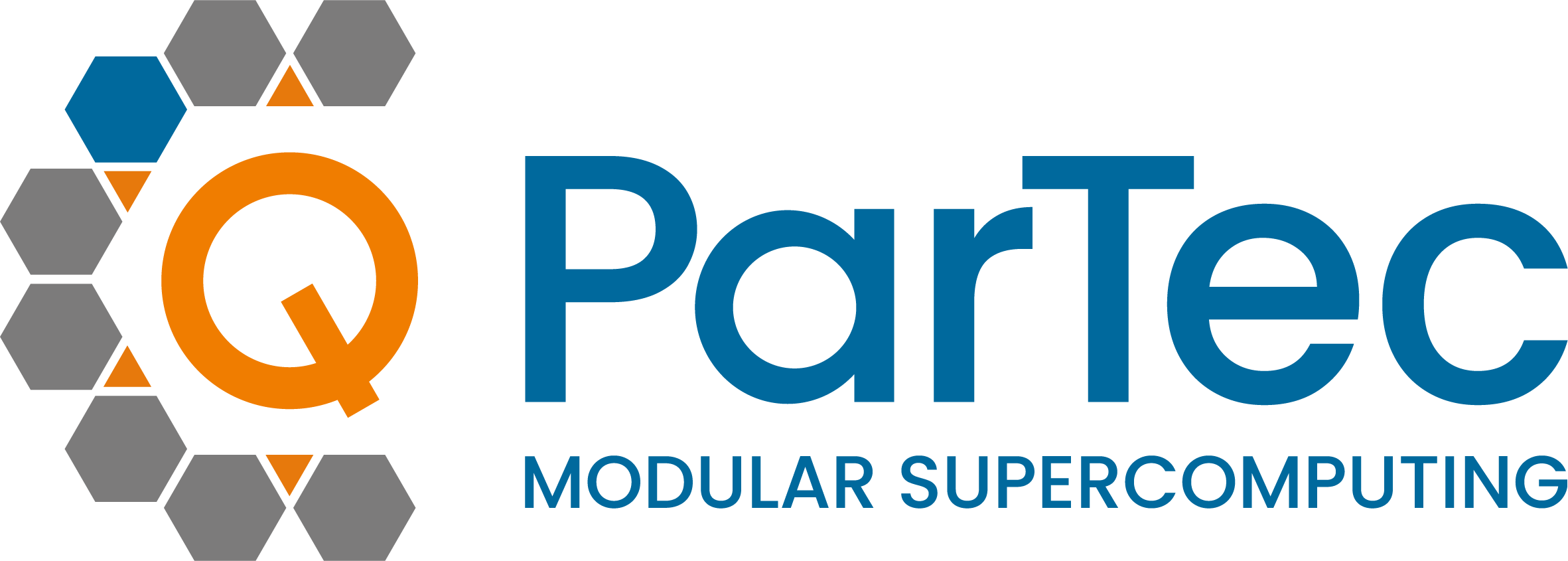High-Performance Computing (HPC): High-performance computing uses supercomputers and other compute clusters to solve particularly complex, computationally intensive tasks. Supercomputers are large, classical computers, often with thousands of CPU and GPU cores
CPU: CPU is the central processing unit, the main processor of a computer that processes instructions.
GPU: the graphics unit or graphics processor, is a processor specialized and optimized for the calculation of graphics for various devices.
FLOPS: Floating Point Operations per Second is a measure of the performance of computers or processors and
refers to the number of floating-point operations that a computing unit can perform per second.
PetaFLOPS: Peta Floating Point Operations per Second is the processing speed of computers. A Petaflop is equal to one quadrillion or 1,000 trillion floating point operations per second (10 15 FLOPS).
ExaFLOPS: Exa Floating Point Operations per Second is the processing speed of computers. If you want to abbreviate a trillion units, a number with 18 zeros, the abbreviation Exa stands for it. One exaflop corresponds to one
trillion floating point operations per second (10 18 FLOPS).
Exascale computing systems analyze and perform 1,000,000,000,000,000,000 floating-point operations per
second, while simulating the methods and interactions of the fundamental forces in the universe.
Learn more about what ParTec does in HPC here.
Follow us on our press page to receive our latest news and insights!

To provide you with an optimal experience, we use technologies such as cookies to store and/or access device information. If you consent to these technologies, we may process data such as browsing behavior or unique IDs on this website. If you do not give or withdraw your consent, certain features and functions may be impaired.